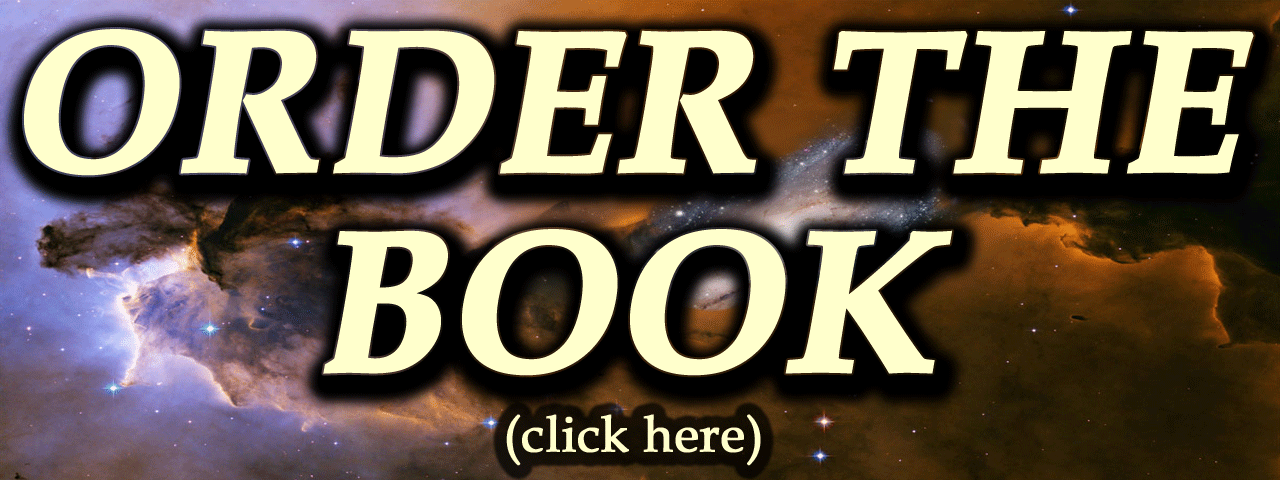Sometimes, however, it’s not the headline that’s the trouble, but an article that reports only half the story. Case in point is a recent news article reporting the finding of concentric circles in the cosmic background radiation (CMB) of the universe that are interpreted by physicists Roger Penrose and V. G. Gurzadyan as evidence of events that occurred prior to the Big Bang that brought our current universe into existence (http://www.dailymail.co.uk/sciencetech/article-2157548/Is-secret-previous-universe-hidden-microwaves-Scientist-spots-ghost-Big-Bang.html). According to Penrose’s Conformal Cyclic Cosmology, the universe expands and contracts, producing an infinite series of Big Bangs followed by new universes, and these rings are allegedly the artifacts of pre-Big Bang black hole collisions.
On researching this article, I found that Penrose and Gurzadyan publicized these findings back in 2010, so it’s unclear why the story should be reported now as news. But more important is what’s missing from the article, which is the ensuing work conducted by other researchers since 2010 that calls into question the team’s interpretation of the evidence. Apparently, pronouncing these circular CMB structures as pre-Big Bang is overly ambitious, since according to these other researchers, they are well within the statistical probability of that which is predicted by existing CMB models. According the astrophysicist Adam Moss, “Gurzadyan & Penrose have not found evidence for pre-Big Bang phenomena, but have simply re-discovered that the CMB contains structure.”












 RSS Feed
RSS Feed